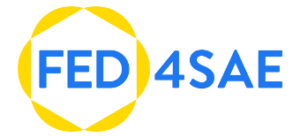C2MicroCar
Company info:
Name: Kineton SRL
Partners:


Innovation Management Partner:

Name: Kineton SRL



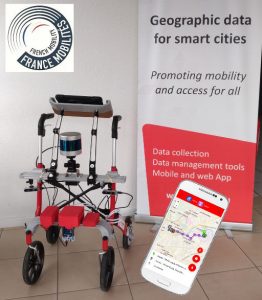

Name: Wegoto
Date founded: 2015
Number of employees: 3
Location: Montbonnot St-Martin (France)
Wegoto develops solutions to capture geographic data in the field & connect geographic information systems (GIS) to a multimodal mobility platform, for real time data update and dissemination.
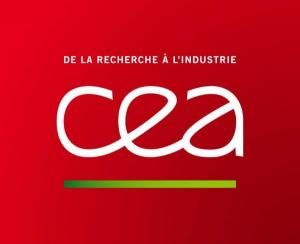

Digital 3D city maps are useful for many applications, for instance, urban planning, emergency response simulation, virtual tourism and illustration of historical buildings, route planning, accessibility analysis for different types of mobility and profiles. Basically, different types of maps can be created, depending on the application requirements. The main acquisition techniques that can be found in the literature are either highly time consuming (with many manual post-treatment to build the 3D map) or they are highly computational demanding (with off-line treatment of the raw data and large memory storage) while the spatial resolution might be not sufficient for the targeted application.
Thanks to the project CADIX, Wegoto developped an integrated system that complements today Wegoto LabTrack, a trolley designed to collect data in pathways to later perform accessibility analysis and route planning for people with different profiles and (dis)abilities in the context of soft mobility.
CADIX captures at low cost 3D data from different range sensors. These data are fused in real-time, leading to a compact source of 3D information. The LabTrack-CADIX solution is a hybrid measurement system with cameras, telemeters, Time-of-Flight sensors, LiDAR together with GPS localisation of the obstacles present in the pathway. This LabTrack-CADIX solution extends the current database with “safety cocoon” information, i.e. information regarding a safe volume defined around the LabTrack.
Wegoto business model is based on collecting and disseminating urban geographic data. FED4SAE allows Wegoto to access CEA support to revisit the architecture (hardware and software) of the LabTrack, taking into account sensor characteristics, computing and memory needs and ease the integration of an encoded wheel that triggers data acquisition every time the LabTrack travels 1m. Thanks to CEA expertise, CADIX firmware was developed using ROS (Robot Operating System) and integrating SigmaFusion™ to fuse data in 3D from the different range sensing technologies, i.e. LiDAR, stereo camera and Time-of-Flight sensors (from STM) acquired through a STM32 platform, provided to the project by STM. Tests have been conducted with the prototype in laboratory environment and in CEA “mini smart village” that mimics a (simplified) urban environment with poles, parking barrier, traffic signs, buildings, pedestrian pathway. Then, the LabTrack-CADIX system will be validated tests in real-life environments.
Wegoto is currently accelerating its development and in search for financing to sustain its business roadmap. Wegoto will continue to invest in R&D activities to improve the LabtTrack by with another range sensing technology, able to offer the same measurement precision, but with a smaller range (a few meters is enough), and at low cost, accelerate and increase its data collection speed. The CADIX project is fully part of Wegoto corporate strategy and complementary to future envisaged projects, in particular in the field of imaging.

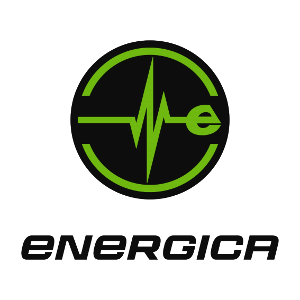
Name: Energica Motor Company SPA
Date founded: 2014
Number of employees:40
Location: Via Scarlatti 20 -41019 Soliera (MO), Italy
Energica Motor is the first Italian manufacturer of super sport electric motorcycles. Energica electric motorcycles are the ultimate expression of Italian luxury, masterfully manufactured in the Italian Motor Valley in Modena, Italy.
![]()



Smart connectivity represents both a challenge and a huge market opportunity in the transportation sector, resulting in an increasing number of services, starting from ADAS and ITS that have been developed in the last two decades. In this context, MAMMUT (Monitoring Applications exploiting on-board Motorbike’s MUltiple Transceivers) objective is to implement a novel connectivity architecture with regards to electric two-wheelers, with the aim of increasing the service offer within the whole value chain of electric motorbikes, starting from vehicle to the riders.
MAMMUT looks to provide electric two wheelers with a whole connectivity range solution, maximizing the monitoring range in inactive periods while reducing operating costs of connectivity through inexpensive LoRa™ connectivity, while enabling data-intensive modules for dedicated applications and active riding times where vehicle’s main battery is enabled so as to increase the services related to V2X connectivity. Thanks to MAMMUT, Energica aims to provide:
MAMMUT aims to roll out at low ROI the world-wide connectivity of motorbikes with the CMS of Modena performing an AE that enables the realization and validation of a low-cost and high-frequency monitoring applications for stationary vehicles (key-off status). To achieve this goal, among all the different technologies available in the FED4SAE project, MAMMUT will leverage on:
Developing and validating this type of connectivity board using LoRa has improved the safety during the charging section and during the night (vehicles with key off) inside the paddock of FIM MotoE™ World Cup. Thanks to the introduction of the connectivity Board, Energica has improved the safety and sold the connectivity board to racing teams.
In the future this connectivity board will be integrated in the commercial line of motorbikes to offer a wide range of applications and services.
Thanks to MAMMUT, Energica has developed a proof of concept for a market-ready product and a commercial plan. The demonstration has taken place in a real environment such as the LoRaWAN network across Greater London, as well as FIM MotoE™ World Cup.
Thanks to further introductions by Digital Catapult, and Blumorpho, Energica has had conversations with many more potential investors and partners, giving them access to a huge network of large and small businesses.
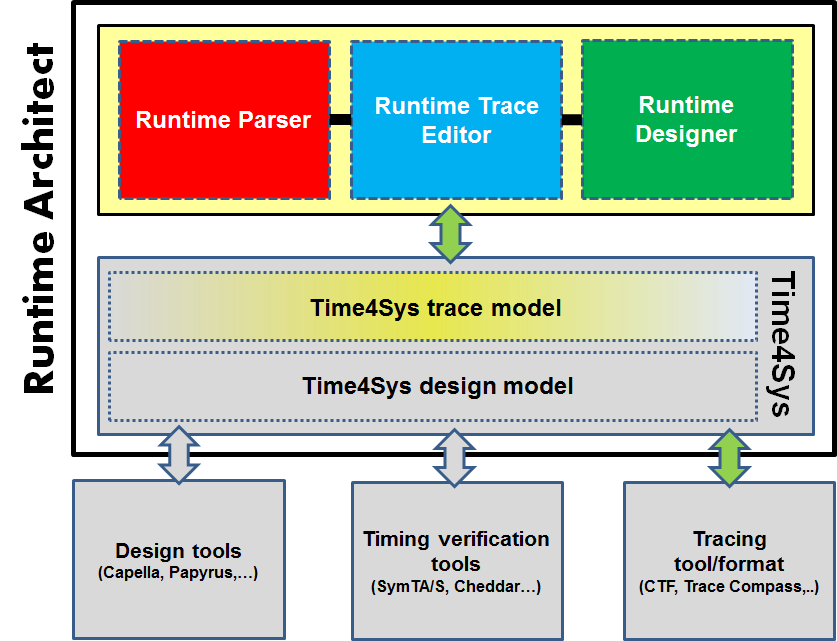

Name: Link Software Date founded: 2002 Number of employees: 15 Location: Elgazala Technopark, Ariana, Tunisia Software engineering, consultancy and development company operating in various fields of information technology. http://www.linkconet.com



Electronic systems with real-time performance constraints are found in many different application domains such as space, automotive, railway, aerospace, medical monitoring and imaging, industrial process control, robotics, etc.
A common trend amongst all these systems is the significant quantitative and qualitative increase of the functions to be implemented in order to respond to the growing needs for connectivity, automation, autonomy, security, etc. Among the different activities related to the development of real-time systems, Performance Engineering is one of the most challenged by this trend.
One of the major challenges today in the Performance Engineering of real-time systems is the integration of design models and runtime aspects. The timing behavior at runtime has to be matched with the design in order to identify the timing failures in design and deviations from the real-time requirements.
RATE will allow the architect performing a continuous system performance engineering cycle between design and runtime, thus ensuring the quality of the running real-time system while reducing the design and development efforts and costs, and getting valuable feedback that can be used to boost the productivity and provide lessons-learnt for future generations of the product
The following objectives will be fulfilled:
RATE has integrated theTime4Sys technology provided by THALES. By relying on the Time4Sys design model and the Time4Sys trace model, RATE then automatically benefits from current and future connections to Time4Sys of the various existing model-driven performance engineering tools such as design tools, scheduling analysis and simulation tools as well as tracing tools all at once. This guarantees high flexibility and add a valuable agnostic character to RATE by making it possible to easily integrate it in any runtime, design and any scheduling verification environment.
Runtime Architect gives to the architect access to knowledge on the system timing behavior based on the processing of runtime traces, thus allowing him to easily perform correction during validation and before delivery. Runtime Architect will allow reducing the design efforts (~15% gain estimated) while improving development efficiency as well as validation speed (~30% faster timing validation).
Through the integration of the Time4Sys technology, it becomes easy to use Runtime Architect in any runtime, design and timing verification environment, thus offering to our customer a seamlessly integrated solution that will deliver a full, round-trip support for runtime traces analysis, design modelling and timing verification.
Performance engineers have then the capability to rapidly integrate runtime aspects collected from traces into their design models. They can start from runtime traces and then change the system configuration virtually to easily predict the performance impact of modified timing properties of tasks, schedulers or hardware. Runtime Architect enables performance engineers to quickly iterate their designs as many times as they want, for both new developments and evolutionary extension and optimization of existing systems.
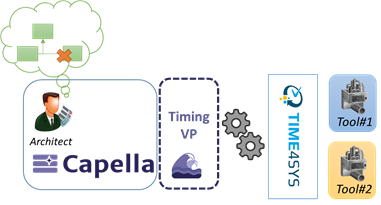

Name: ARTAL Technologies Date founded: 1998 Number of employees: 110 Location: Toulouse, France 1 rue Ariane 31520 Ramonvile St Agne www.artal.fr



In all the domains addressed by Smart-Anything-Everywhere Initiative, the general technology trends are the same: an increasing number of functions will be distributed over a small number of high-performance embedded systems and software development becomes the main driving factor.
The resulting tooling from this experiment aims at improving the design of these software, by giving the system architect confidence – and potentially proves – on the ability of the system to match the expected behavior; a capability that was previously restricted to few specialists, late in the process, in the best case…
The solution extends proposes three main improvements to the current design practices:
The solution thus extends the Capella system architecture environment and allows to define real time properties and constraints on the system in the early steps of design.
The solution can be used in a generic engineering framework but also provides additional features for specific domains where timing is critical and where the complexity is such that it cannot be grasped by the human mind; an Arinc 653 customization supports this whole approach in the domain of integrated modular avionics so that a A653-based system architect could get timing analysis in a few clicks.
THALES had provided real use cases where the approach is useful and real feedback from the trenches with value assessment (cost, planning, quality).
The solution being relevant in many industrial fields, FED4SAE has supported Artal in the definition and packaging of solutions for specific domains out of our existing scope of clients.
Developing a bridge between Capella and Time4Sys is a key factor for the adoption of Time4Sys in the industry, not only aeronautics and space industry, but also smart cities, smart health, smart building, smart transport and others. The developed tooling is improving the design of these systems, by giving confidence on the ability of the system to match the expected behavior. For critical systems, it reduces the risk and associated costs of finding critical issue during the late stages of development and improve confidence on the system design. It also supports the optimization of the real time systems by reducing the security margins usually set to cope with the unforeseen chain of events leading to a failure.
This tooling supports the strategic transformation of Artal from a pure service provider to a solution provider, mixing services and licensed software products, with more added value. This requires internal transformations to adapt and strengthen the company workforce for marketing, legal and R&D services through on-going efforts and significant progress has already been made.
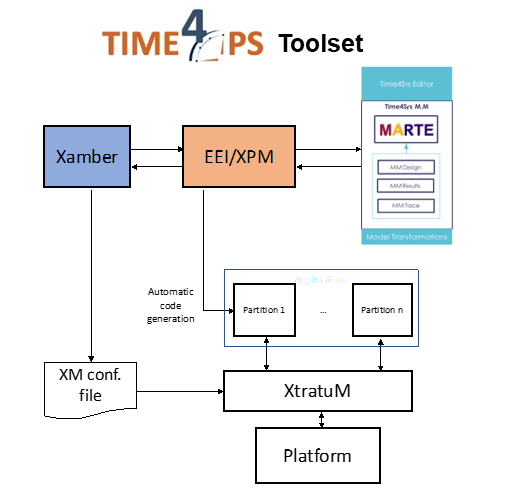

Name: Fent Innovative Software Solutions S.L. Date founded: 2010 Number of employees: 8 Location: Despacho 03 – UPV, Pedro Duque, 7, 46022 Valencia www.fentiss.com


The main goal of the project is to provide a complete set of tools that covers all the phases of the life cycle of the product: from the system design to the final configuration file of the partitioned system.
In the architecture proposal three tools are connected to define the complete system. A modelling design tool (EEI/XPM) that is used to model the system and generate the deployment and automatic code of the applications, Time4sys to define temporal information and a configuration tool to obtain the static configuration file for XtratuM (Xamber).
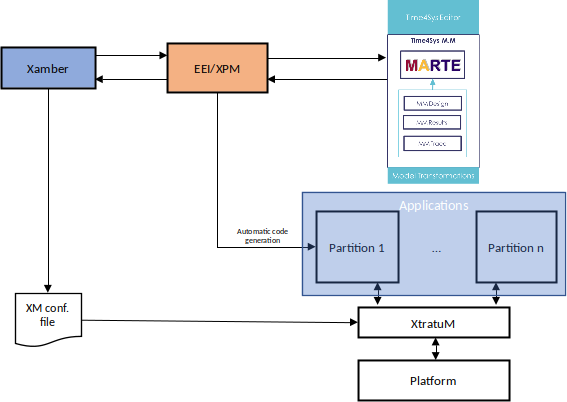
fentISS worked at add support to Time4Sys for partitioned systems (Time4PS) and connect this new framework with Xamber, the XtratuM hypervisor scheduling analysis and configuration tool, and the corresponding modelling tool in order to close the development loop.
fentISS defined a partitioned meta-model for the generation of the final hypervisor static configuration file with which the system can be executed.
Thales provided a Flight Management System use case, its functional architecture in CAPELLA and expertise.
fentISS tool set is now able to generate a model, run the configuration and scheduling verification, and generate the deployment automatically with the Time4PS set of tools.
fentISS tool set will enable fentISS customers to use more sophisticated tools for modelling, analysis and integration of their system and it will give fentISS the ability to develop further support of their products. Also, it will empower fentISS to gain global competitiveness in three ways.
Firstly, it will allow fentISS to enter in customers who are already using Time4Sys. Secondly, it will improve the company products position in large and complex projects. Finally, the project will offer new opportunities to fentISS to enter in adjacent markets such as aviation, railways or automotive.

| Email: | info@fed4sae.eu |
